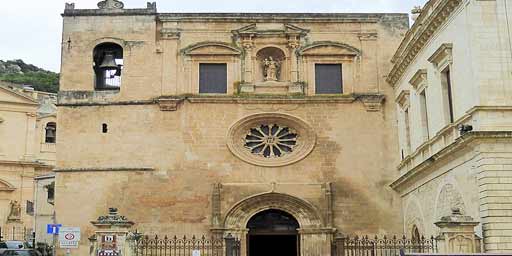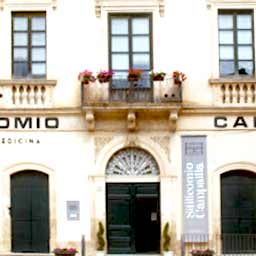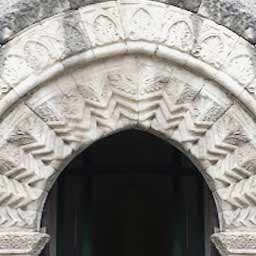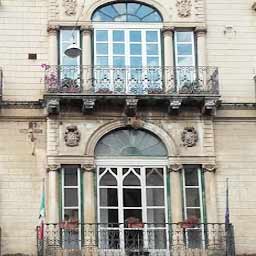Church of the Carmine in Modica
The Church of Santa Maria del Carmelo di Modica, better known as Chiesa del Carmine, is one of the few churches in the city that still shows architectural traces prior to the earthquake of 1693, in what emerged unscathed from the violence of the earthquake.
The church dates back to the end of the 14th century.
The façade is embellished with a beautiful pointed portal dating back to the end of the fourteenth century slightly splayed and defined by bundles of lateral columns decorated with capitals with floral motifs, declared a National Monument at the beginning of the twentieth century century, and surmounted by a Franciscan rose window with twelve rays, one of the most intact and precious rose windows of the entire island. On the left, welded to the façade, the original bell tower with three orders is interrupted by transversal bands with the ritual slits. The upper parts of the façade and the bell tower are eighteenth-century post-earthquake Baroque superstructures. Inside, of particular value is a late Gothic chapel, next to the altar, datable to the end of XIV century, found by a private individual, owner of a room adjacent to the church in the past sold and adapted to residential use. The chapel has traces of mural frescoes, the floor covers a funerary crypt, visible from a trap door and full of bones, probable relics of Carmelite monks, while an eighteenth-century curtain wall has kept the entrance arch hidden for three centuries. chapel, quilted like a lace.
Among the works kept inside the church, of particular value are: a papier mache statue of the XIV century of the "Madonna del latte", original as a theme and to be considered a rarity also for dating; a statuary group in white marble of the Annunciation, representing the Angel kneeling before Mary separated by a lectern covered by a cloth with an open book on top. On the pedestal of the Virgin are three heads of middle-aged men with beards and long hair whose identity is unknown. The work is attributed to Antonello Gagini dating back to 1532; one a panel painting depicting the Saint with a book and a lily in one hand while in the other he holds a crucifix dating back to the early sixteenth century, the work of Cesare da Sesto, a pupil of Leonardo da Vinci; a small monumental wooden organ, the oldest of those still working in Modica, dated 1774.



